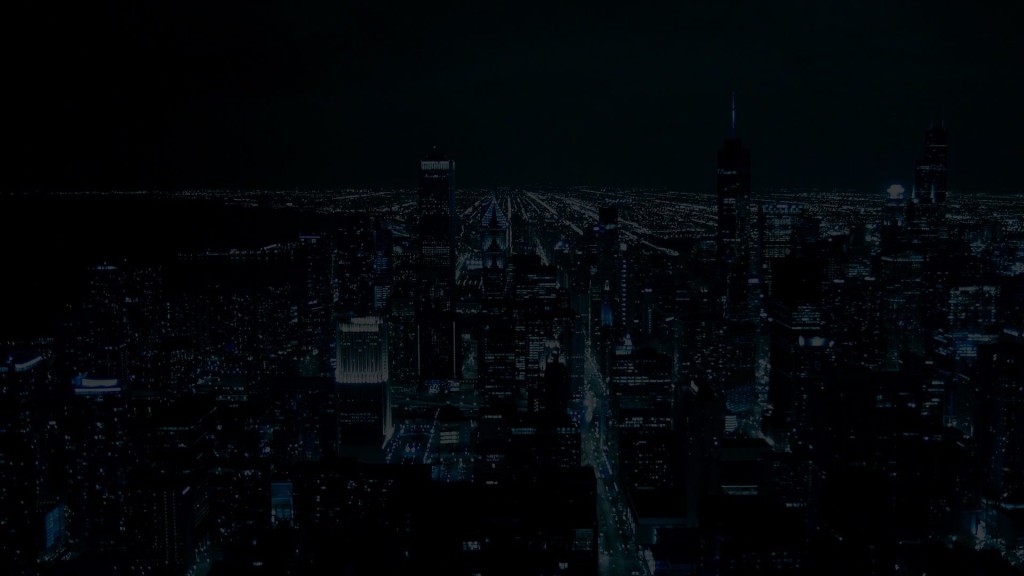Balderdash and Piffle
Creativity comes from the sum of oneââ¬â¢s life experience. It pulls from knowledge, abilities, and skills. It uses neural pathways in the brain made by everything a person has learned and makes new ones as new connections form. It calls upon an ability to get beyond the ordinary, automatic responseââ¬âto explore the inside and the outside of that darned proverbial box.
Still think you’re not creative? Maybe your definition of creative is too narrow. Some folks, who call themselves “creatives,” would have you believe that all creativity lies only in artistic endeavor. That brings me back to balderdash and piffle. Those folks aren’t creative in how they define creativity.
Ordinary folk have the power for creative thinking.
Creative thinking is essential to most every career on the planet. Businesses need creative thinkers to innovate, to manage risk, to meet ever-changing customer needs, to build efficient processes and solve complex problems.
If you argue for your lack of creativity, that could cost you your job.
Answers 2 to Infinity
People who say they’re not creative fulfill that expectation. When faced with a problem, they stop with the first right answer. They work on a hidden assumption that the first right answer is the only answer. It takes a hard problem to get them to push to find more answers. The companies they work for don’t get the value of having several options to choose from. Folks who discount their creativity just don’t look further automatically.
Problem-solving, challenging risks, and testing processes are not the same as finding the keys that you lost. When you find the keys, you stop looking. In problem solving situations, the first answer is an invitation to find even more. Folks who see themselves as creative note Answer 1 and look for Answers 2 to Infinity.
Pushing Past Answer 1
It’s not hard to acquire a taste for chasing down multiple answers. It’s a matter of mindset, not talent. The folks we think of as having creativity in the workplace have these qualities in common.
- They like solving problems.
- ââ¬ÅTesting constantly testing,ââ¬Â tends to be their mindset.
- Failure is just another risk thatââ¬â¢s gone astray on the way to the elegant simple answer they seek.
- These ââ¬Åcreative typesââ¬Â donââ¬â¢t fear the bad idea, because they know it takes a lot of bad ideas to latch on to the one real diamond that you can polish to sparkle endlessly.
A strategic thinker told me yesterday that, for the longest time, she didn’t think of herself as creative. Then she realized that designing processes and solving problems is mostly creativity and flexible thinking. She says that’s exactly what she gets paid for.
Creative thinkers add value. Managers know that the more creative thinkers on a team: the more the burden for thinking is spread; the better chance for a solid solution; and the less burden on the team leader to do all of the thinking for the team. Writers, managers, entrepreneurs, students, human beings need to think beyond Answer 1 to navigate the world, to get from point A to point B, to have any time for fun.
Businesses who can’t push past the first answer won’t be able to compete much longer. Most folks get to the same first answer. It’s hard to be uniquely valuable and worth seeking out when your solutions are the same as the rest.
Luckily looking past the first answer is something everyone can do. Want proof? Have you ever kept looking for your keys after you’ve already found them?
–ME “Liz” Strauss
Related articles
10 Reasons Creative Folks Make Us Crazy
Weââ¬â¢re All Creative 1: The Bunnies Prove It
